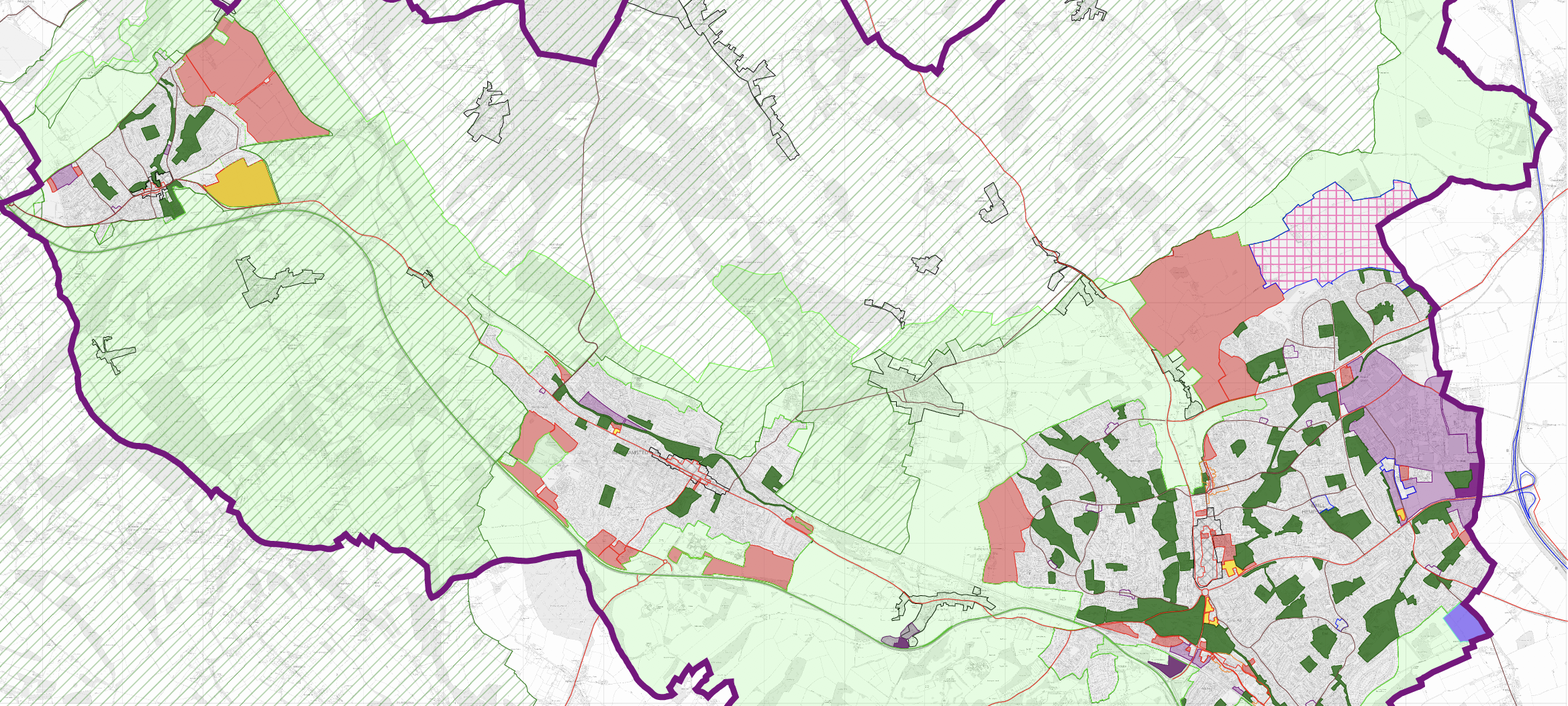
The Dacorum Local Plan for Hemel Hempstead has a radical increase in the numbers of houses, the increase of pressure on infrastructure and eating away at the Green Belt. This will bring dramatic change to Hemel Hempstead, Berkhamsted, Tring and the surrounding area.
We recognise the need for housing, but the numbers and environmental impact in the plan are dramatically higher than current Government statistics demand.
There are fine intentions in the document, but precious few that have any ‘cast-iron’ guarantees.Sustainable Development in Dacorum:
The Local Plan must have firm commitments to build Net Zero Homes. We are calling for all new buildings to be designed to meet the highest externally certified sustainability standards and to be at least net-zero carbon (including Scope 3 emissions). Examples include: Every property with a parking space to have an electric vehicle charger built into it. Every property to have a dual aspect to allow for natural ventilation. All new homes must incorporate solar PVs and other appropriate sustainable sources. No new building should be directly reliant on fossil fuels for heating (i.e. no gas boilers) and each home should collect rain water for toilets. The homes must have top class insulation. These standards should be mandatory for all developers in the Local Plan.
The current wording of the plan is aspirational but fails to commit to firm quantifiable performance measures.
Trees and woodland are very valuable to the environment and the community’s physical and mental health. We welcome the commitment in the plan to retain existing trees but in order to compensate for any removal of green belt it is vital that we seek a commitment that new mixed woodland and re-wilding, with public access, be planted close to, and be integral to, each new major development area.
An increase in habitat for wildlife must be incorporated into any green field development areas including wildlife corridors. The local plan should commit to every new building incorporating wildlife into the properties design. Simple and very cheap commitments could easily be incorporated into every building design which would greatly benefit local wildlife. Spatial Strategy for Growth:
We call for the 40% minimum affordable homes objective is enforced across the Borough. ( see 1)
The Settlement Hierarchy / Employment Strategy :
Towns such as Tring need to be places where people live and work. We don’t want these towns to become dormitory commuter towns. Tring has already lost a lot of its small industrial and office spaces to residential conversion (Akeman Business Park, Silk Mill). The Local Plan must incorporate new business hubs and locate them where the local high street can be easily reached to benefit existing local businesses.
The Retail and Leisure Development Strategy:
We must support our local businesses and our local economy. Public transport must be greatly improved both to connect these new homes to their town centres but also to reduce traffic congestion on the roads which cannot be widened. Well connected and maintained dedicated cycle routes throughout our towns must be implemented along with secure bike storage.
Delivering the Infrastructure to Support Growth:
Insufficient commitment is made in The Local Plan with regards to both water supply and sewage. Firm commitments should be made that sewage never goes into local rivers and that the valuable and protected aquifers in Hemel will not be further depleted. The water must be obtained from outside the catchment areas of the Bulbourne, Gade, and Ver.